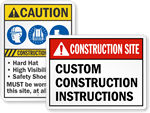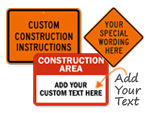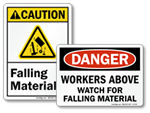Workplaces are often prone to impact injuries from falling objects such as roof trusses, steel beams, or even a hammer. Moving parts of vehicles such as a backhoe loader, or being pushed into a hard surface are common too. These impact injuries and many other unfortunate accidents can result in severe hand injuries, severed limbs or fingers, traumatic head injuries, stress fractures or full bone breaks, blindness, and more.
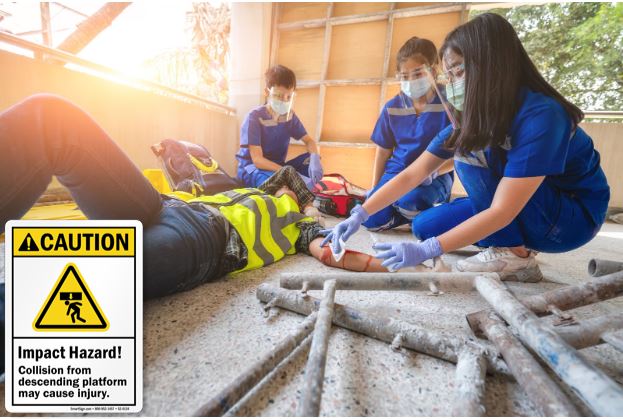
Out of the 2.7 million nonfatal workplace injuries and illnesses in 2020 reported by the Bureau of Labor Statistics, 196,140 injuries can be attributed to ‘contact with an object and equipment’ - a significant reason for impact injuries. What’s more disturbing is that 716 people died that year due to such hazardous conditions at the workplace.
In fact, ‘falls’, ‘caught-in between’, ‘electrocutions’, and ‘struck-by’ hazards are the leading causes of death in the construction industry forming the famous “Fatal Four”, a term coined by OSHA. Other industries aren’t immune to impact injuries either.
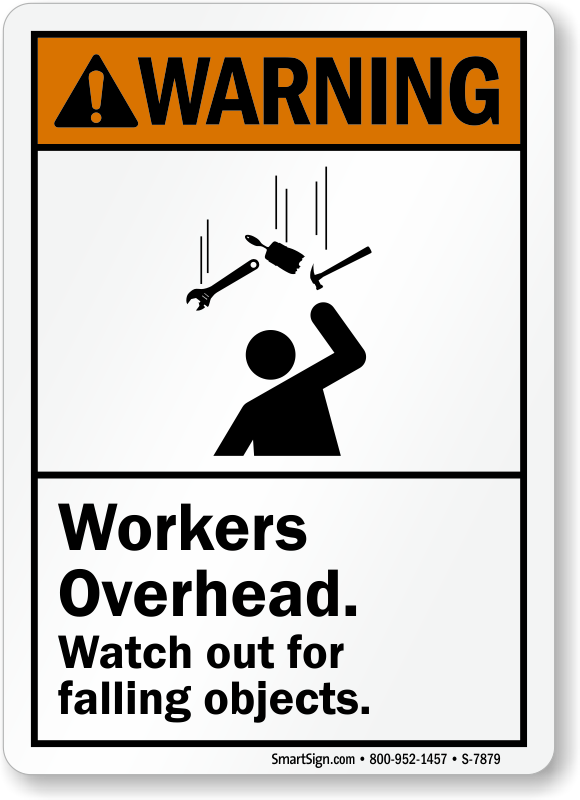
Bruises, fractures, strains, sprains, and any other tragedy that workers face due to impact injuries may bring a lot of trouble to businesses. Loss of productivity, reduction of sales, low staff morale, loss of reputation, or having to pay hefty workers’ compensation are just some of the examples businesses can face. Workers who were struck by objects and equipment at work accounted for $39,509 in workers’ compensation costs claimed in 2018 and 2019. The most costly claims by body part were for those involving the head or central nervous system ($89,347 per claim).
What are impact injuries?
Injuries in which bodily damage is caused by collision with a moving or stationary object, are called impact injuries. Contact with objects and equipment includes:
- - A moving object striking a worker
- - A worker striking against an object or equipment, including bumping into, stepping on, kicking, or being pushed or thrown onto an object
- - A part of a worker’s body being squeezed, pinched, compressed, or crushed in equipment, between shifting objects, between stationary objects, or in a wire or rope
- - A worker being struck, caught or crushed in collapsing structure, equipment, or material
- - A worker being injured as a result of friction or pressure between the person and the source of injury
- - A worker being injured from vibration
What are the common impact injuries in construction?
Heavy equipment like trucks and cranes account for approximately 75% of struck-by fatalities. Listed below are the significant sources of struck-by injuries that are a result of forcible contact or impact between an injured person and an object/equipment:
Workers can be struck by swinging backhoes, run over by a vehicle in a roadway work zone, and other motor vehicle crashes.

Workers may be impacted by nails from a nail gun, a load dropped from a crane, or sudden particles coming off a grinder when power tools, or activities like pushing, pulling, or prying, may cause objects to become airborne.
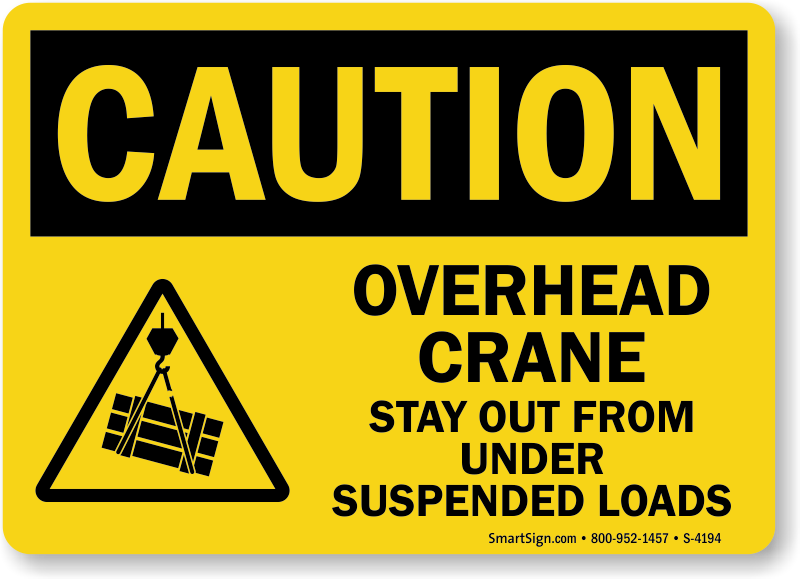
- - Constructing masonry walls
Workers can suffer major injuries when jacks or lifting equipment are used to position slabs and walls, or when shoring is required until structures can support themselves.
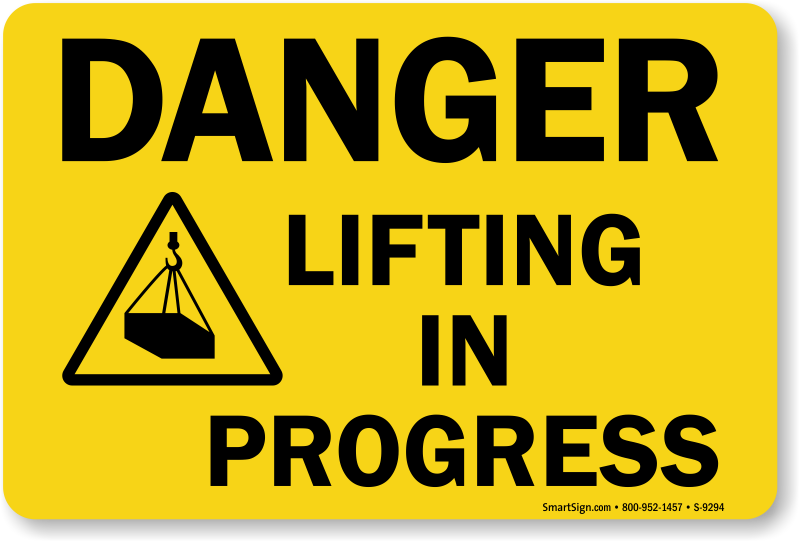
Are businesses legally liable for impact injuries?
Most definitely. Businesses that were negligent towards safety have faced devastating repercussions. For example, a 23-year-old cyclist received $110 million in compensation after sustaining a major thoracic spine accident, leaving him paralyzed for the rest of his life after he was struck by a falling railroad tie from a track replacement project overhead.
Similarly, an HVAC technician case, in which the victim succumbed to death due to a 28,450-pound chiller unit falling on him, was settled for 15
In most cases, courts have held employers liable for injuries inflicted on coworkers, customers, or total strangers if they fail to address a dangerous condition. Either an injured employee accepts workers’ compensation or files a lawsuit against the company if the chances of better compensation are stronger that way.
What are OSHA regulations on impact injuries?
As such, there is no separate OSHA standard that addresses impact injuries at workplaces. The topic is extensively covered under various individual standards related to construction safety (29 CFR 1926). OSHA has published various training materials for instructors and employees that emphasize the importance of safety while working around impact injury hazards.
To comply with OSHA, companies must take the following steps:
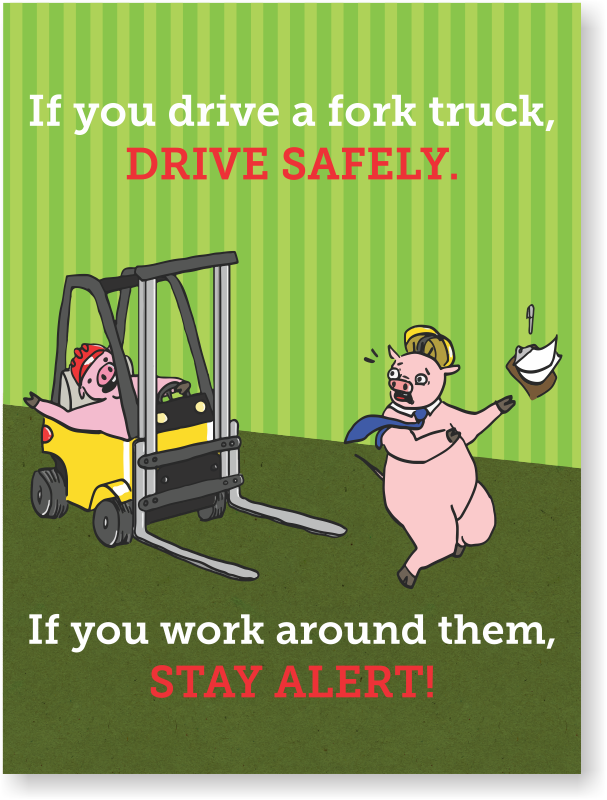
Engaging posters are a practical and proven way to reinforce OSHA requirements and stress the importance of injury prevention in the workplace.

















